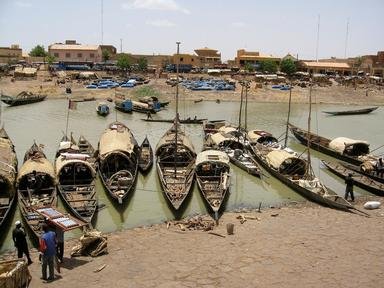Quiz Answer Key and Fun Facts
1. In which of the geographical areas of Africa was the Songhai Empire mostly located?
2. How did the Songhai Empire receive its name?
3. Who is considered to be the first king of the Songhai Empire?
4. Which two dynasties ruled the Songhai Empire from 1464-1591?
5. What city was chosen to be the capital of the Songhai Empire?
6. Although many of the people of the Songhai Empire practiced animism, the law of the land was based on which of the following major world religions?
7. In the Songhai Empire the clan system determined a person's economic status.
8. Which of the following cities was one of the major trading centers of the Songhai Empire?
9. Which of the following commodities was NOT an important trade item in the Songhai Empire?
10. West Africans, such as those who lived in the Songhai Empire, are well-known for their oral histories, which were preserved by their historians/story-tellers. By what name are these people known?
Source: Author
ponycargirl
This quiz was reviewed by FunTrivia editor
gtho4 before going online.
Any errors found in FunTrivia content are routinely corrected through our feedback system.

